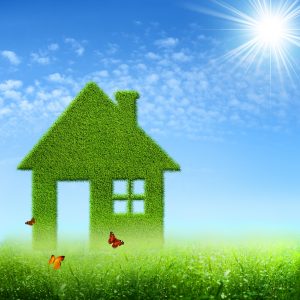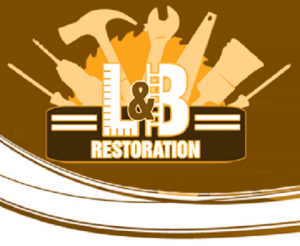Although there aren’t options for advertised eco-friendly siding materials, there are a few choices available that are more environmentally conscience than others.
Continue reading to learn more about home siding, and which options are best for an environmentally-friendly agenda.
Stucco Siding
Stucco can be considered a slightly environmentally-conscience option for home siding. Apart from the wire mesh and thin wood spacers, stucco siding is primarily made of cement, plaster, and water; all of which have no harmful effects on the environment, and can be reused for other purposes. Stucco promotes increased energy efficiency and requires little maintenance. It’s also fire resistant!
Vinyl Siding
Vinyl siding is made from non-recycled plastic material, but this doesn’t mean it does possess eco-friendly qualities. Vinyl siding is a durable, solid plastic that requires very little maintenance and lasts for several decades. It doesn’t require thousands of trees to be cut down and it doesn’t leak harmful gases or chemicals into the environment.
Metal Siding
Metal siding is generally manufactured using galvanized steel or aluminum. Both of these metals are 100% recyclable and reusable for other purposes. Although steel is prone to corrosion and natural wear and tear, it requires a bit more maintenance but it’s an eco-friendly-forward choice for home siding.
Wood Siding
Although wood is a natural material that decomposes and doesn’t harm the environment, it is not a good “green” choice for home siding. Wood requires the use of harmful chemicals and cleaners to maintain its luster and strength. These cleaners and chemicals are very hazardous for the eco-system and surrounding environment. Also, many trees are cut down to produce wood siding and other commodities, which is not an eco-friendly venture.


